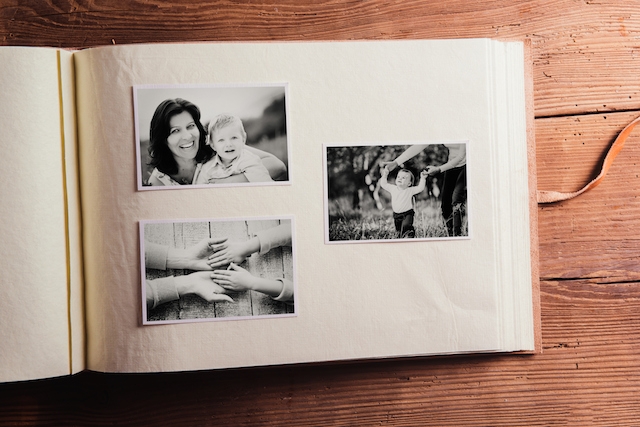The only relatives for whom one traditionally observes rites of mourning for 12 months are parents, both father and mother.
A text from the Talmud drives home the point that mourning rites for parents are more demanding than those for other relatives. It lists nine ways in which the two sets of practices differ (Mo’ed Katan 22b).
The four that are still relevant today are:
1. [When mourning] for all the others (siblings, spouse, children), he may cut his hair or shave after 30 days have passed; [when mourning] for his parents, he may not do so until his friends scold him [about his appearance].

Help us keep Jewish knowledge accessible to millions of people around the world.
Your donation to My Jewish Learning fuels endless journeys of Jewish discovery. With your help, My Jewish Learning can continue to provide nonstop opportunities for learning, connection and growth.
2. [When mourning] for all others, he may attend a celebration after 30 days have passed; [when mourning] for his mother and father, not until 12 months have passed.
3. [When mourning] for all others, he rends [his garment] a tefah (handbreadth); [when mourning] for his father and mother, until he bares his heart.
4. [When mourning] for all others, he bastes the rip after shiva [the first seven days of mourning] and sews it up after 30 days; [when mourning] for his father and mother, he may baste the rip after 30 days, but may never fully mend it.
Parents Are In A Special Category
What is this lengthy rabbinic statement telling us? That parents are in a different category from everyone else. Just as the singles out parents for special honor in their lifetime, promising long life in exchange for proper performance of this mitzvah [commandment] and threatening death for anyone who curses or strikes parents, similarly the requires special respect for parents after their death.
I do not think that the Talmud is suggesting that the grief for one’s parents is more intense than the grief for a child who dies, but rather that parents who have given unconditional love to their children, who have given birth to them, raised, educated and transmitted Jewish and human values to them, and who have established them as functioning and productive human beings, deserve the most prolonged and intensive period of mourning. Children are the continuation of their parents in the most real sense, and therefore they are asked to mourn for the longest period of time.

What a Year of Mourning Entails
Following the death of a parent one does not attend religious celebrations (such as weddings) or parties for one year, or 12 months on the Jewish calendar. According to the strictest rabbinic ruling, a mourner is not allowed to listen to music, turn on the radio, watch television, or go to a movie or a concert for 12 months. Other halakhic [Jewish legal] approaches allow most leisure activities as long as they are done in the company of only one or two other people so that the mourner does not experience simhat mere’im, the pleasure of being together with friends.
The key observance for the extended mourning period is saying the Mourner’s Kaddish [the memorial prayer] each day in the synagogue. Although one would expect the obligation to last for 12 months, it lasts only for 11. The explanation for this perplexing rule seems to lie in a tradition which states that the most time a person could possibly spend in the netherworld is 12 months. After that, even the blackest soul has atoned for its evil doings and is permitted to make its way to heaven. The recitation of helps guarantee safe passage from the lower realms to the upper. Therefore, if a child recited Kaddish a full 12 months, he might be suggesting that his parents would not leave the netherworld until the end of this period of time — that is, that they were inveterate sinners. The custom thus arose of reciting Kaddish for parents for 11 months only (Shulhan Arukh, Yoreh Deah 376:4).
Excerpted with permission from “Death and Mourning: A Time for Weeping, A Time for Healing,” in Celebration and Renewal: Rites of Passage in Judaism, edited by Rela Mintz Geffen (Jewish Publication Society)
Sign up for a Journey Through Grief & Mourning: Whether you have lost a loved one recently or just want to learn the basics of Jewish mourning rituals, this 8-part email series will guide you through everything you need to know and help you feel supported and comforted at a difficult time.
Looking for a way to say Mourner’s Kaddish in a minyan? My Jewish Learning’s daily online minyan gives mourners and others an opportunity to say Kaddish in community and learn from leading rabbis.



